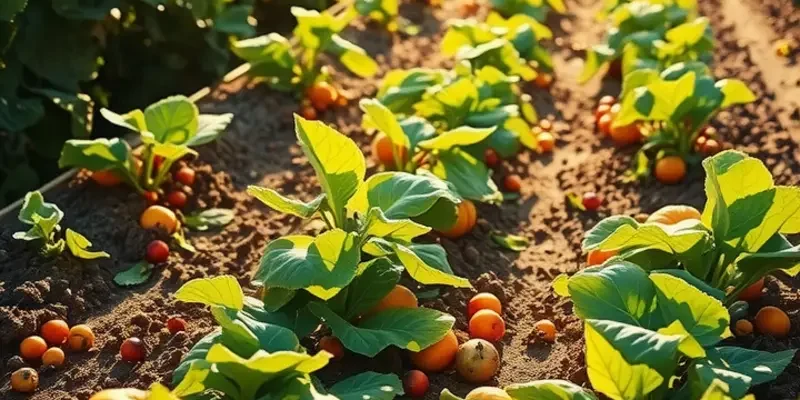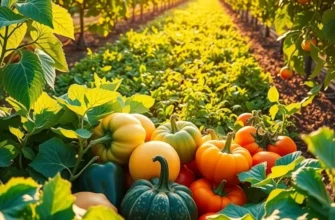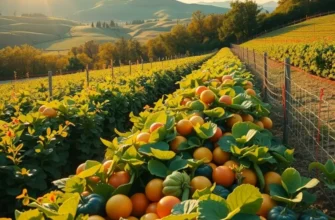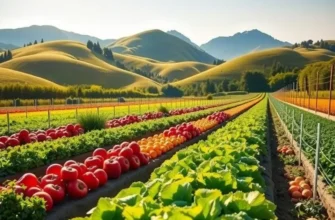Choosing to shop sustainably for produce is not just about healthy eating; it’s about preserving the environment too. Adopting eco-friendly shopping habits can significantly reduce our impact on the planet while ensuring fresher and tastier food on our plates. From understanding the importance of seasonal buying to opting for local markets, there are numerous strategies that environmentally-conscious shoppers can embrace. This guide explores effective ways to make your produce shopping more sustainable.
Embrace Local and Seasonal Shopping
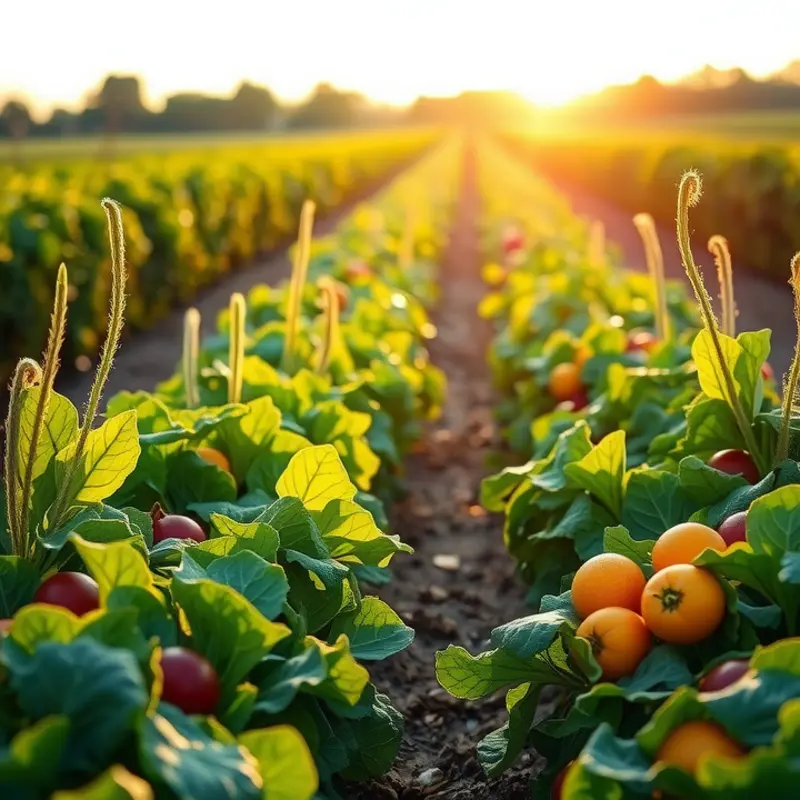
Sourcing produce locally and seasonally is a powerful way to shop sustainably. By reducing the distance food travels, you minimize transportation emissions. This not only benefits the planet but also ensures you enjoy the freshest, most flavorful produce possible. Freshness often translates to higher nutritional value, as vitamins and minerals in produce diminish over time.
Finding local farmers’ markets is a good starting point for supporting local agriculture. These markets not only offer a variety of fresh produce but also provide an opportunity to meet and build relationships with local farmers. To locate a nearby market, consider checking community boards, local newspapers, or online resources that list market locations and operating hours.
Understanding seasonal produce guides is essential to maximizing the benefits of local shopping. Seasonal guides inform you of the freshest produce available at different times of the year. This knowledge can help you plan meals around the ingredients you have access to, ensuring variety and nutritional balance in your diet.
While sticking to seasonal produce may sound restrictive, it encourages creativity in meal planning. A seasonal diet ensures that you’re eating the produce at its peak, which often means the best taste and nutritional content. To reduce food waste, integrate meal planning techniques that take advantage of seasonal offerings. Minimal prep dinner ideas can streamline the process by reducing the time spent in the kitchen while highlighting the pop of seasonal produce.
Incorporating more local and seasonal foods into your diet also helps support the local economy and promotes agricultural diversity. Many small farms grow unique varieties of fruits and vegetables not found in larger grocery stores. This contributes to preserving biodiversity in produce, offering exciting new flavors and textures to your meals.
Balancing a seasonal diet with effective meal planning requires flexibility and an open mind. Experiment with new recipes and ingredient pairings to keep your meals exciting. Explore different cuisines that naturally emphasize seasonal produce, offering vast resources of techniques and flavors to enhance your dishes.
To transition into this lifestyle smoothly, start by replacing a few dinner items each week to see how easy and rewarding it is to shop seasonally. Documenting these changes can serve as a reminder of the new preferences and flavors you discover along the way. Ultimately, embracing local and seasonal shopping practices can lead to a more sustainable lifestyle, one meal at a time.
Make Eco-Friendly Choices at the Store
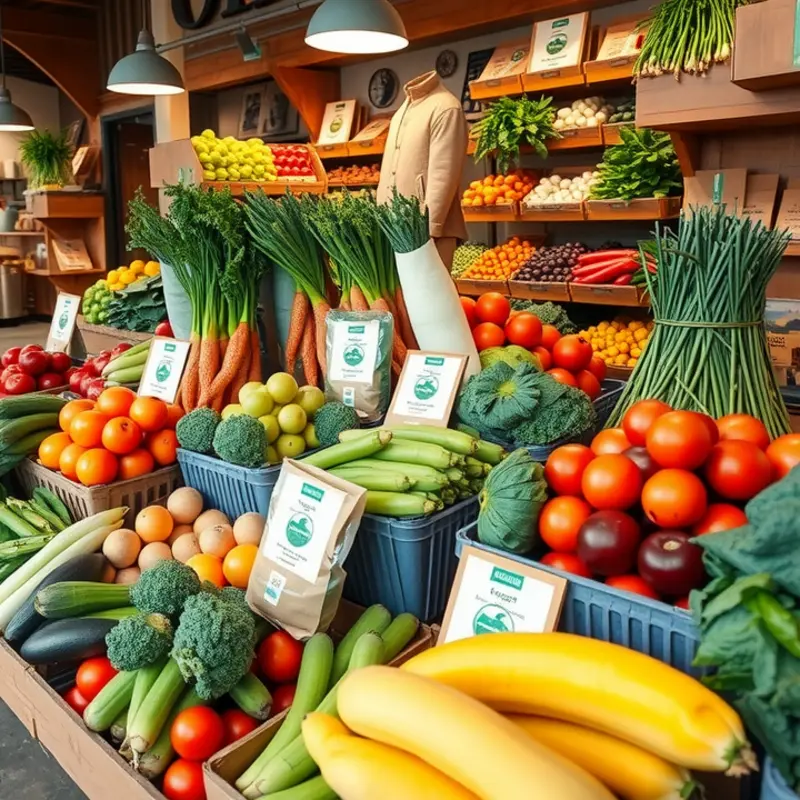
Shopping for produce doesn’t have to involve heaps of plastic. Start by bringing your own reusable bags and containers. This simple step can cut down on plastic waste significantly. Invest in a set of durable mesh produce bags and sturdy containers to carry fruits and veggies. Many stores now even encourage this practice, offering incentives for customers who BYOB—bring your own bags.
When browsing the aisles, be intentional about choosing items with minimal packaging. Opt for produce that is loose rather than those wrapped in unnecessary layers of plastic. Some stores provide compostable packaging options; these are great if you forget your bags. Supporting stores that prioritize sustainable packaging can drive the demand for more eco-friendly practices.
Another vital aspect of sustainable shopping is understanding food labels. When aiming to avoid products with artificial ingredients or excessive preservatives, take a moment to read and understand the labels. Look for short ingredient lists with names you recognize and avoid those with a long list of unpronounceable chemicals. This practice ensures you’re getting food in its purest form. You might find this guide on cooking without gums helpful when interpreting labels.
Picking the freshest produce will also reduce waste. Check for freshness by examining texture and smell. Fresh fruits and vegetables should be firm and have a pleasant, natural aroma. Leafy greens should be vibrant without wilting, while fruits and veggies like tomatoes and avocados should give slightly to gentle pressure without being mushy. With practice, you’ll develop a keen eye for freshness.
Finally, plan your shopping to avoid overbuying. Purchase quantities you can realistically consume before they spoil. This not only contributes to waste reduction but also keeps your meals fresh and tasty. If you’re planning to prep meals ahead, consider practical ingredient batching, which can help you use all parts of the produce effectively.
Together, these steps create a holistic approach to reducing your environmental impact while shopping for groceries. Small individual actions like these foster a collective shift towards more sustainable shopping habits.
Final words
Incorporating sustainable practices into your produce shopping routine not only benefits the environment but also enhances your overall health and well-being. By prioritizing local and seasonal options and making mindful choices at the store, you contribute to a more sustainable food system. Each action, no matter how small, plays an essential role in reducing waste and supporting local farmers. Remember, every effort counts towards protecting our planet. Let’s make eco-friendly shopping a part of our everyday lives and encourage others to do the same.

